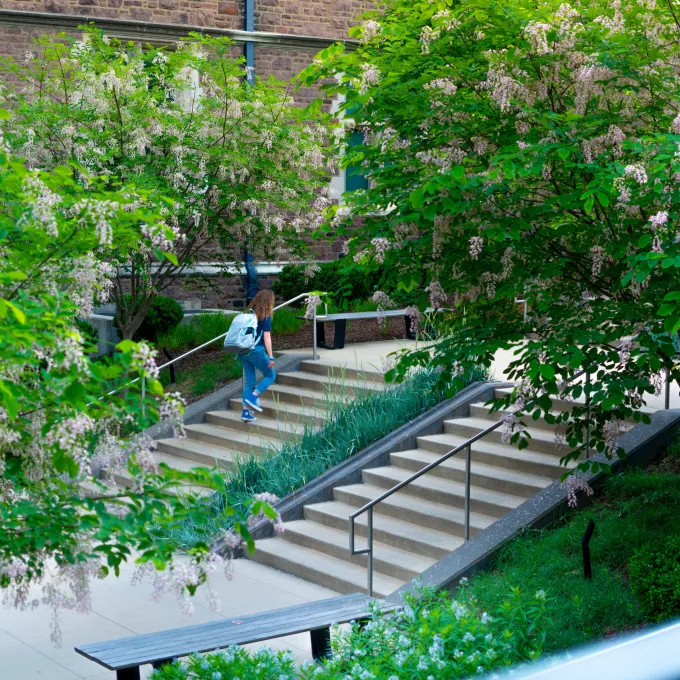Best Practices & Theme Standards
Here are some best practices for creating high quality and accessible content to ensure all of your site visitors have a positive user experience on your website.
Branding and the A&S Web Theme
- Adding unapproved colors, typefaces, brand marks, or layouts to your site may conflict with usability, accessibility standards, or brand standards.
- Modifying styles such as fonts, text sizes and colors can break pages and make a site appear off-brand.
- Don't attempt to use custom coding on your site to override the theme standards or branding.
Create content with Accessibility in mind
Providing accessible website design removes barriers to information essential to our faculty, staff, students, and the community. When you are creating content or editing your website, there are a number of things that content creators can do to ensure your sites provide equal access and equal opportunity to people with diverse abilities.
- Make sure your information has a text-based option. Include alt text on images and provide captions or transcripts for any video or audio. If you use any flyers or posters, you must also include web-based text version with any text or images.
- Use unique and descriptive text for your links. Avoid 'click here' and 'read more' links.
Readability and Structure
Content clarity and consistent structure is also essential for helping people with or without disabilities understand and navigate your website.
- Avoid using large blocks of italic text, colored text, underlined text, and decorative fonts. These formatting choices can make text difficult to read.
- Don't use justified text since it can cause large space gaps between letters and words.
- If you have a lot of large blocks of text on your site, consider breaking it up into smaller sections. Avoid using all capital letters for headings or titles. Instead, use the appropriate heading level.
- Use bulleted or numbered list styles to denote list structure instead of manually adding numbers or asterisks as a list of content.
